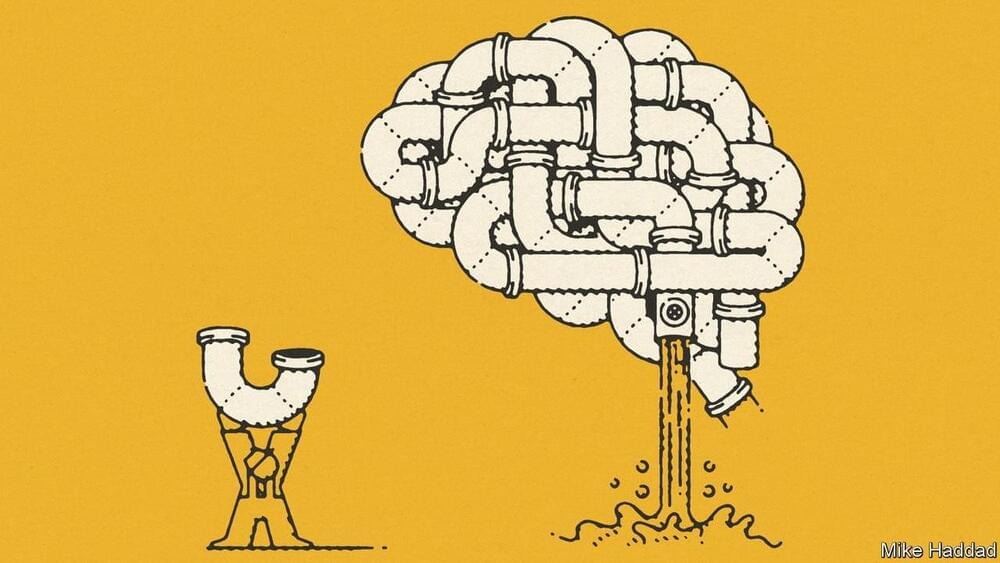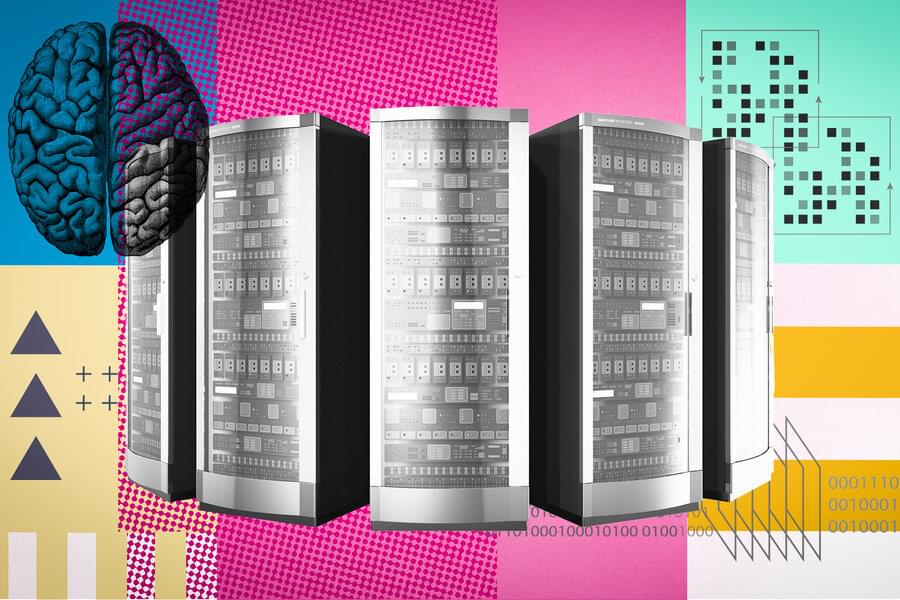Tweaking it may delay development of the disease | Science & technology.



Artificial intelligence is a target for every existing industry Or is it just another hyped innovation? It comes with no surprise how AI today becomes a catchall term that is said out loud in the job market. The US and China are in nip and tuck in the AI race for supremacy. Although China aims to be the technology leader by 2030, the economy is still at a struggle phase with a slowdown and trade war with the US. Emerging trends in artificial intelligence (AI) significantly points toward having a geopolitical disruption in the foreseeable future. As much as the fourth industrial revolution augmented the rise of advanced economies, so will machine learning and artificial intelligence transform the world.


In machine learning, understanding why a model makes certain decisions is often just as important as whether those decisions are correct. For instance, a machine-learning model might correctly predict that a skin lesion is cancerous, but it could have done so using an unrelated blip on a clinical photo.
While tools exist to help experts make sense of a model’s reasoning, often these methods only provide insights on one decision at a time, and each must be manually evaluated. Models are commonly trained using millions of data inputs, making it almost impossible for a human to evaluate enough decisions to identify patterns.
Now, researchers at MIT and IBM Research have created a method that enables a user to aggregate, sort, and rank these individual explanations to rapidly analyze a machine-learning model’s behavior. Their technique, called Shared Interest, incorporates quantifiable metrics that compare how well a model’s reasoning matches that of a human.




Throughout the past decade, several metaphors and labels have evolved to describe the software that curates the data storage. Some were called warehouses; they generally offered stronger structure and compliance, but they were often unable to manage the larger volumes of information from modern web applications. Another term, the “data lake,” referred to less structured collections that were engineered to scale easily, in part because they enforced fewer rules. Google wants BigLake to offer the control of the best data warehouses with the seemingly endless availability of cloud storage.
“All of these organizations who try to innovate on top of the data lake found it to be, at the end of the day, just a data swamp,” said Kazmaier. “Our innovation at Google Cloud is that we take BigQuery and its unique architecture, its unique Serverless model, its unique storage architecture and a unique compute architecture and [integrate it] with open-source file formats and open-source processing engines.”
The open-source architecture is intended to allow customers to adopt Google’s tools slowly through integration with existing data infrastructure. These open formats simplify sharing information, making it a more welcoming environment.
Video Credit:
IamVisuals: https://bit.ly/35Z3POh.
SpaceXVision: https://bit.ly/3xWTpeb.
DeepSpaceCourier: https://bit.ly/3y0hTmS
C-Bass Productions: https://bit.ly/35Z25F0
HazeGrayArt: https://bit.ly/3hcfgHM
Jochem Laurenssen: https://bit.ly/3vVIJuU
TijnM: https://bit.ly/3x2IWxK
AlexanderSvan: https://bit.ly/3djK9J4
NickHenning3D: https://bit.ly/36bsSy1
EvanKaren: https://bit.ly/3h1gmqV
NasaSpaceFlight: https://bit.ly/2TKU2sL
Kimitalvitie: https://twitter.com/kimitalvitie.
Neopork: https://twitter.com/Neopork85
AlexanderSvan: https://bit.ly/3jmOD3P
RGV Aerial Photography: https://bit.ly/37n1duw.
StarshipGazer: https://twitter.com/StarshipGazer.
Ocean Cam: https://twitter.com/obetraveller.
LabPadre: https://twitter.com/LabPadre.
Spadre: https://twitter.com/SpacePadreIsle.
3Ddaniel: https://twitter.com/3DDaniel1
StarshipBocaChica: https://www.youtube.com/channel/UCBfh… Please check out OrbitalAssemblyCooperations for their amazing Artificial Gravity concept. https://youtube.com/watch?v=M-XLPrw-lSA For the first time in the history of humanity, we stand a good chance of walking on the surface of Mars! And this is thanks to the dogged ambition of Elon Musk. The billionaire is building a mighty spacecraft, the Starship, that will take volunteers across the vast distance between Earth and Mars! However, since the trip will take months in deep space, Musk’s company, SpaceX, has to find a way to protect the travelers from the effect of microgravity during the duration of the journey! This is why SpaceX has come up with an artificial gravity Starship! What is this spacecraft, and how does it work? Join us as we explore SpaceX’s insane artificial gravity Starship.
Please check out OrbitalAssemblyCooperations for their amazing Artificial Gravity concept.
https://www.youtube.com/c/OrbitalAssemblyCorporation/videos.
For the first time in the history of humanity, we stand a good chance of walking on the surface of.
Mars! And this is thanks to the dogged ambition of Elon Musk. The billionaire is building a.
mighty spacecraft, the Starship, that will take volunteers across the vast distance between Earth.
and Mars! However, since the trip will take months in deep space, Musk’s company, SpaceX.
has to find a way to protect the travelers from the effect of microgravity during the duration of.
the journey! This is why SpaceX has come up with an artificial gravity Starship! What is this.
spacecraft, and how does it work?
Join us as we explore SpaceX’s insane artificial gravity Starship.
